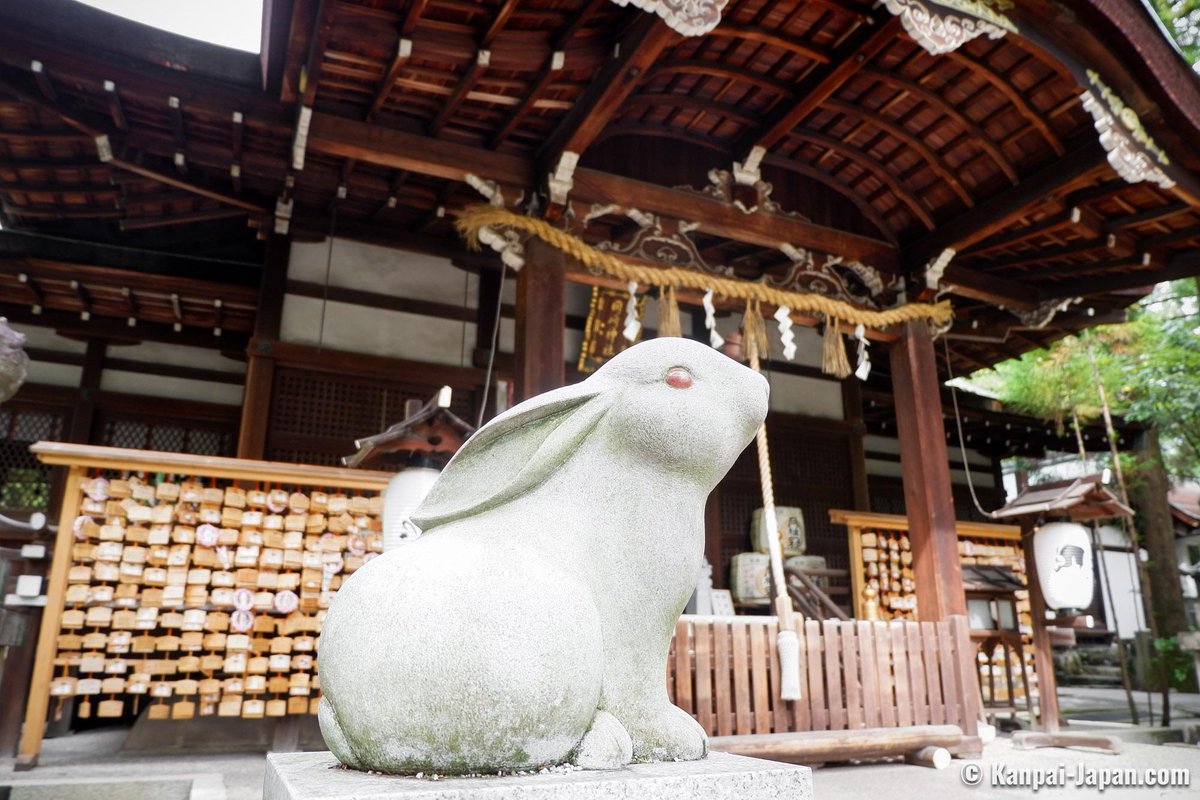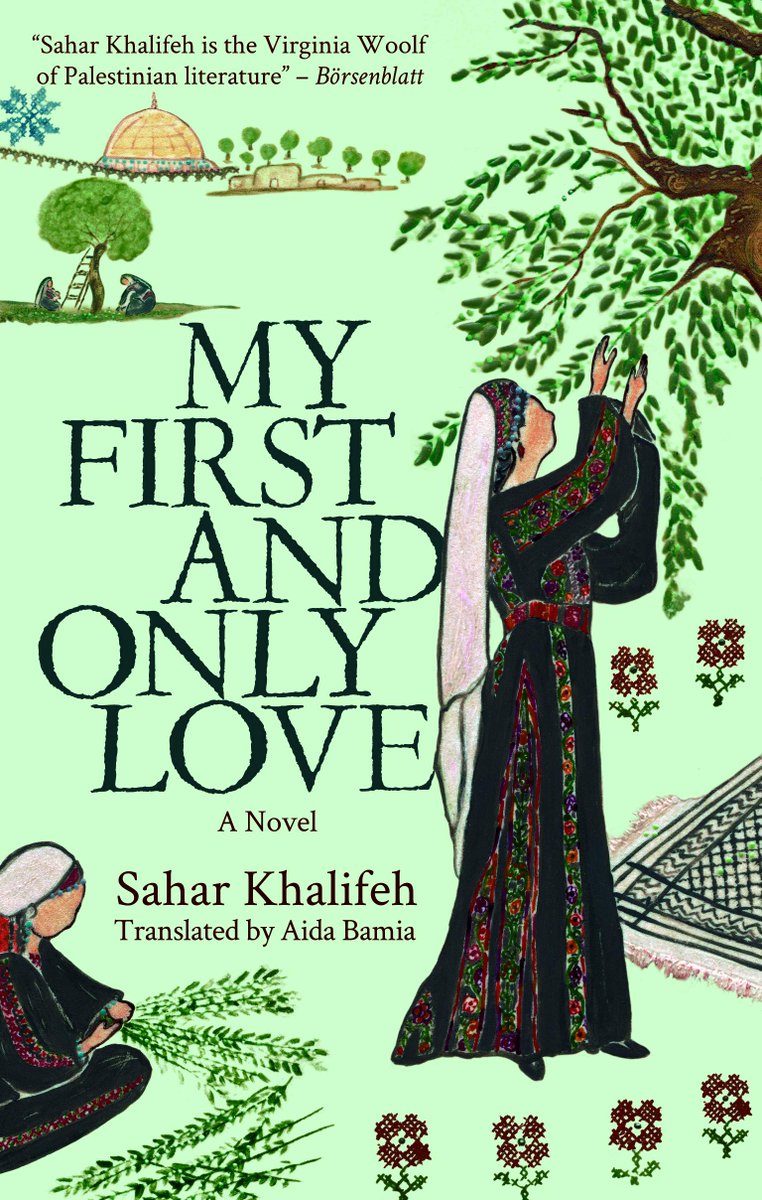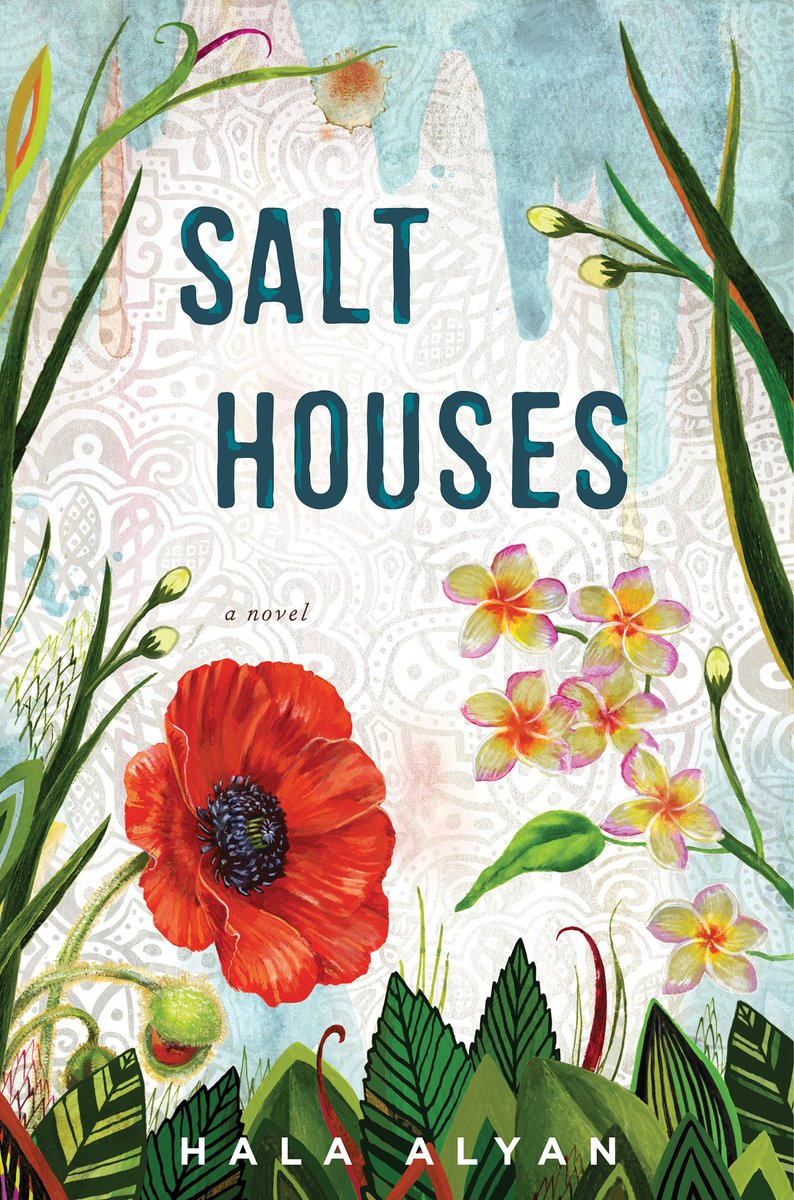A 🧵revisiting various bunny temples and shrines for #WyrdWednesday's Japan week.
1. Okazaki Shrine in Kyoto has bunny statues, wishing plaques, lanterns, and charms. The bunnies symbolize fertility and safe childbirth, and people who wish for those can rub the stone rabbits.



1. Okazaki Shrine in Kyoto has bunny statues, wishing plaques, lanterns, and charms. The bunnies symbolize fertility and safe childbirth, and people who wish for those can rub the stone rabbits.




2. Kamakura has Meigetsu-in, or "Temple of the Clear Moon", famous for its hydrangeas, moon-shaped window at the main hall, and various bunny statues, showing the folkloric connection between the moon and bunnies. The temple also takes care of bunnies. 





3. Miwa Shrine in Nagoya has a stone hare related to the legend of Hare of Inaba. In the story, a flayed hare was helped by the kind Ōkuninushi, who returned its fur. In gratitude, the hare helped him wooing Princess Yakami of Inaba instead of his selfish older brothers. 



4. Tsuki-jinja ("Moon Temple") in Saitama reflect the mythical connection between the moon and rabbits in Japan. Bunny statues are scattered on the temple ground, including a water basin where visitors purify themselves before entering the shrine. 





5. Chokokuji Temple in Sado Island is known for its flowers and a giant statue of rabbit, with the face of Kannon, goddess of mercy, sculpted on its chest. It was commissioned by the priest as a thank you for the rabbits who clear the weed around the temple. 





6. Hakuto Shrine in Kansai is another temple connected to the myth of Hare of Inaba. The kindness of Ōkuninushi in helping a flayed hare and his marriage with Princess Yakami made this temple a popular spot for praying for soulmate or healing from skin condition. 







• • •
Missing some Tweet in this thread? You can try to
force a refresh





















